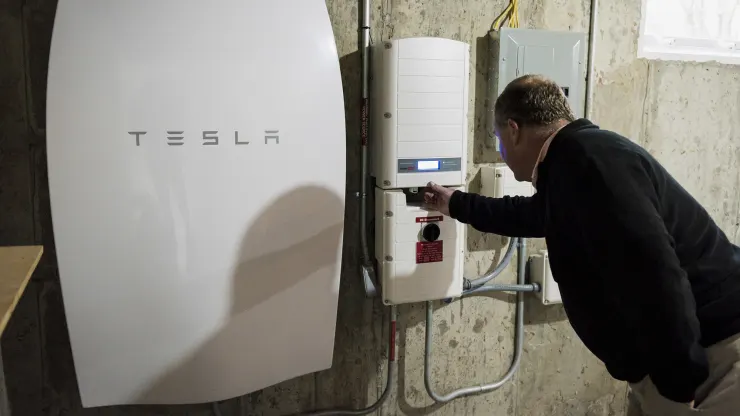Installing solar isn’t the only big financial decision to make

After a summer of extreme weather and wildfires and now during the peak of hurricane season, the power going out again is becoming familiar to more Americans. Therefore, now may be a good time to consider a home backup power system.
In making this financial decision, extreme weather patterns, climate change, and the reliability of local utilities may all play a role.
“Backup power may be needed depending on regional factors and geography, as well as the state of the infrastructure,” said Benjamin R. Dierker, executive director of the Alliance for Innovation and Infrastructure.
He said coastal areas must consider the resilience of storm or sea walls, the quality and capacity of drainage infrastructure, and the hardiness of the electrical grid. In other regions, extreme weather conditions like high winds, tornadoes and ice may result in falling trees and downed lines, Dierker said, and that risk can be significantly reduced by burying utility lines rather than overhead lines. It is also possible to consider preemptive shutdowns due to extreme weather or other factors.
According to the National Centers for Environmental Information, there have been 23 confirmed weather/climate disaster events that have caused losses exceeding $1 billion each since Sept. 11. Among these events were two flooding events, 18 severe storm events, one tropical cyclone event, one wildfire event, and one winter storm event.
According to Vikram Aggarwal, chief executive and founder of EnergySage, a company that helps consumers compare clean home energy solutions, the first step is to identify the most important appliances you run on electricity and how long they might be able to function during an outage.
The cost of a small portable fossil-fuel generator or battery may be sufficient if you have minimal backup needs. You’ll need to consider whole-home options if you wish to keep your home functioning normally.
